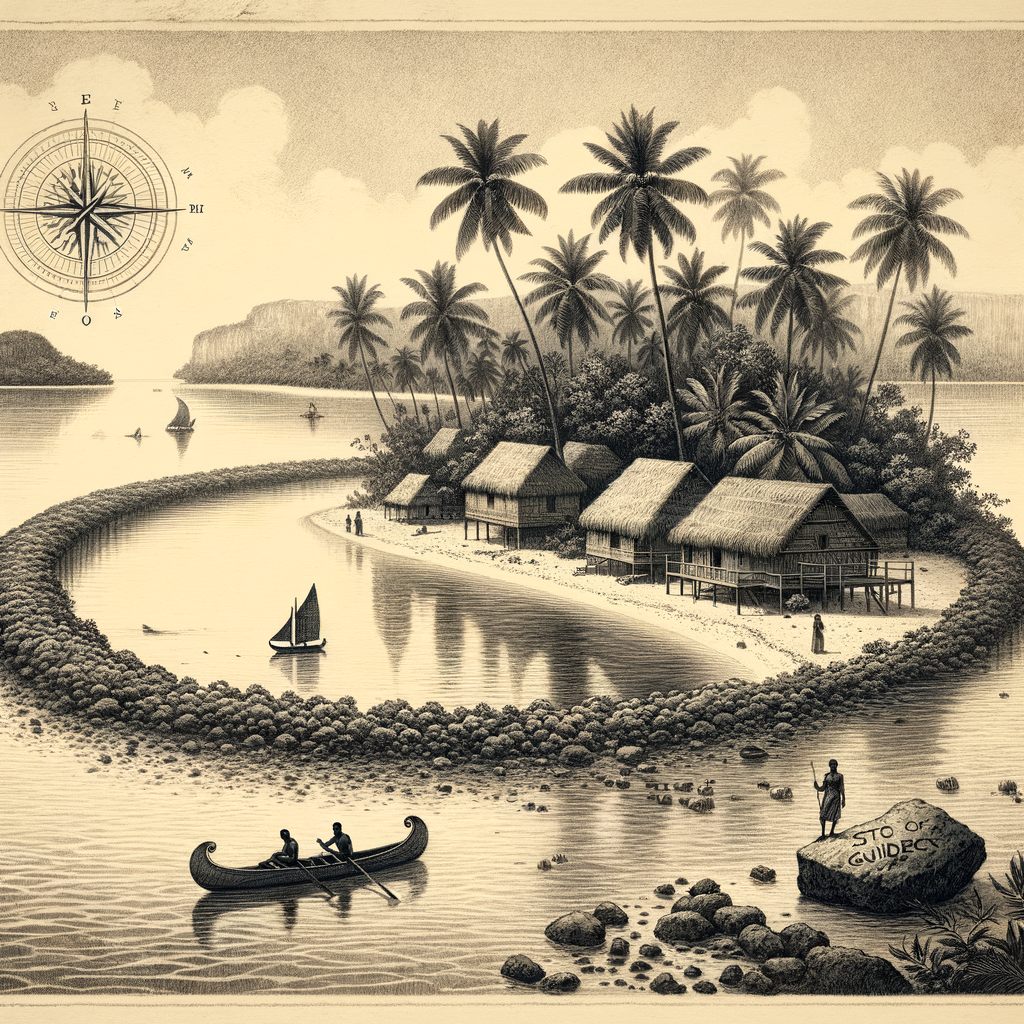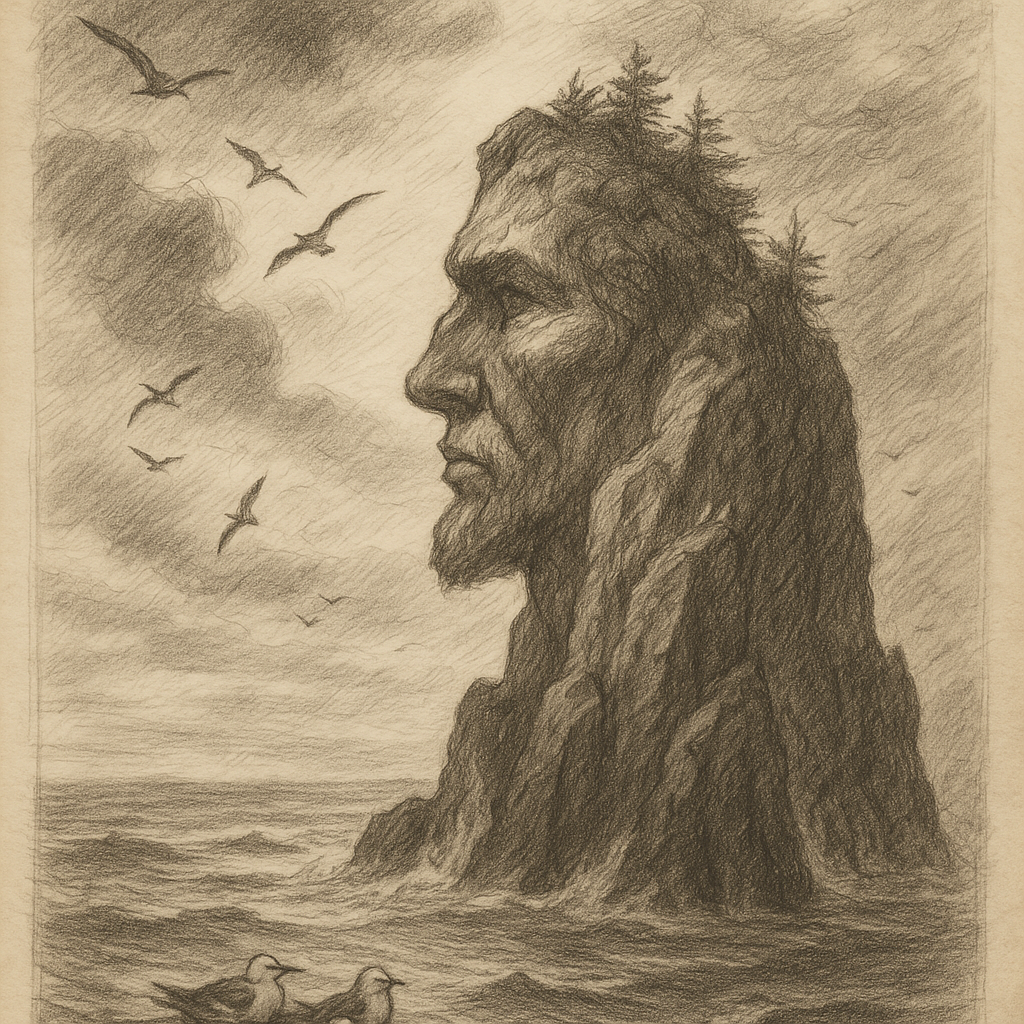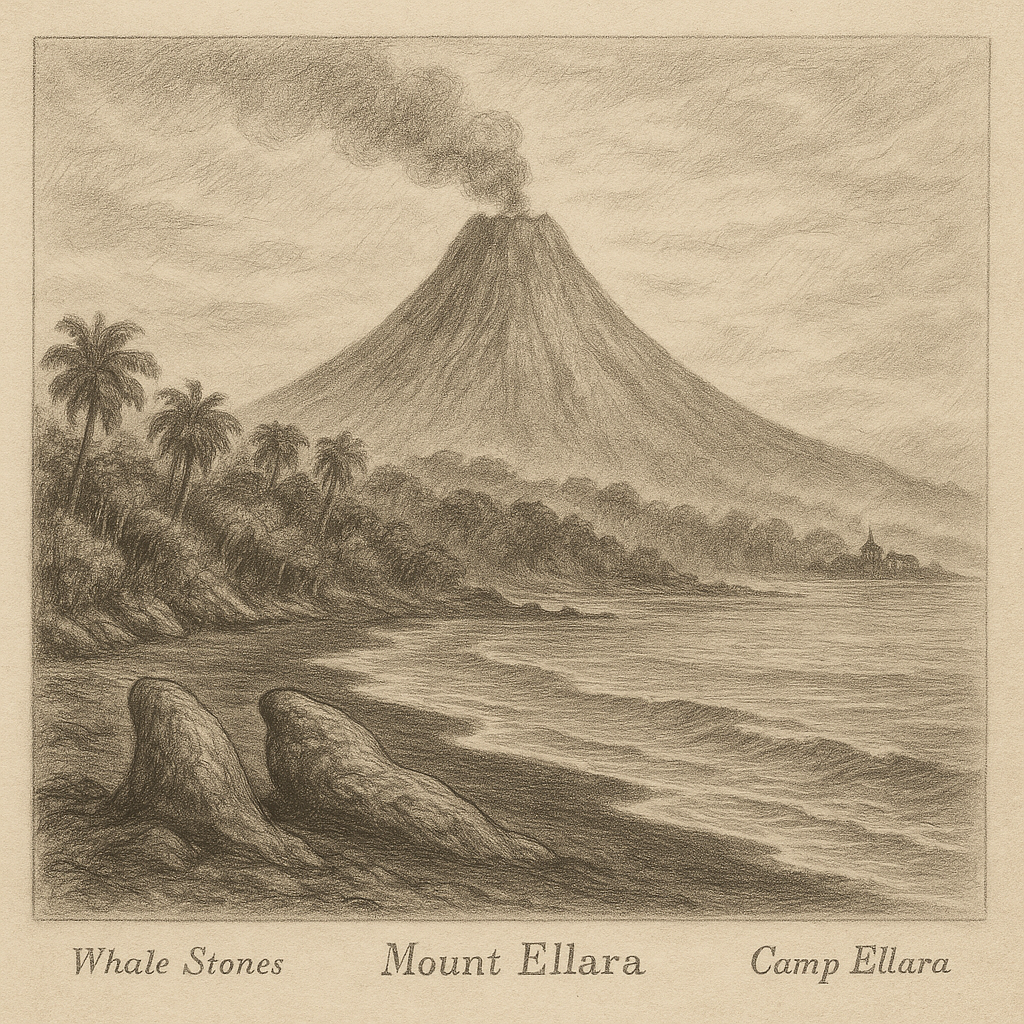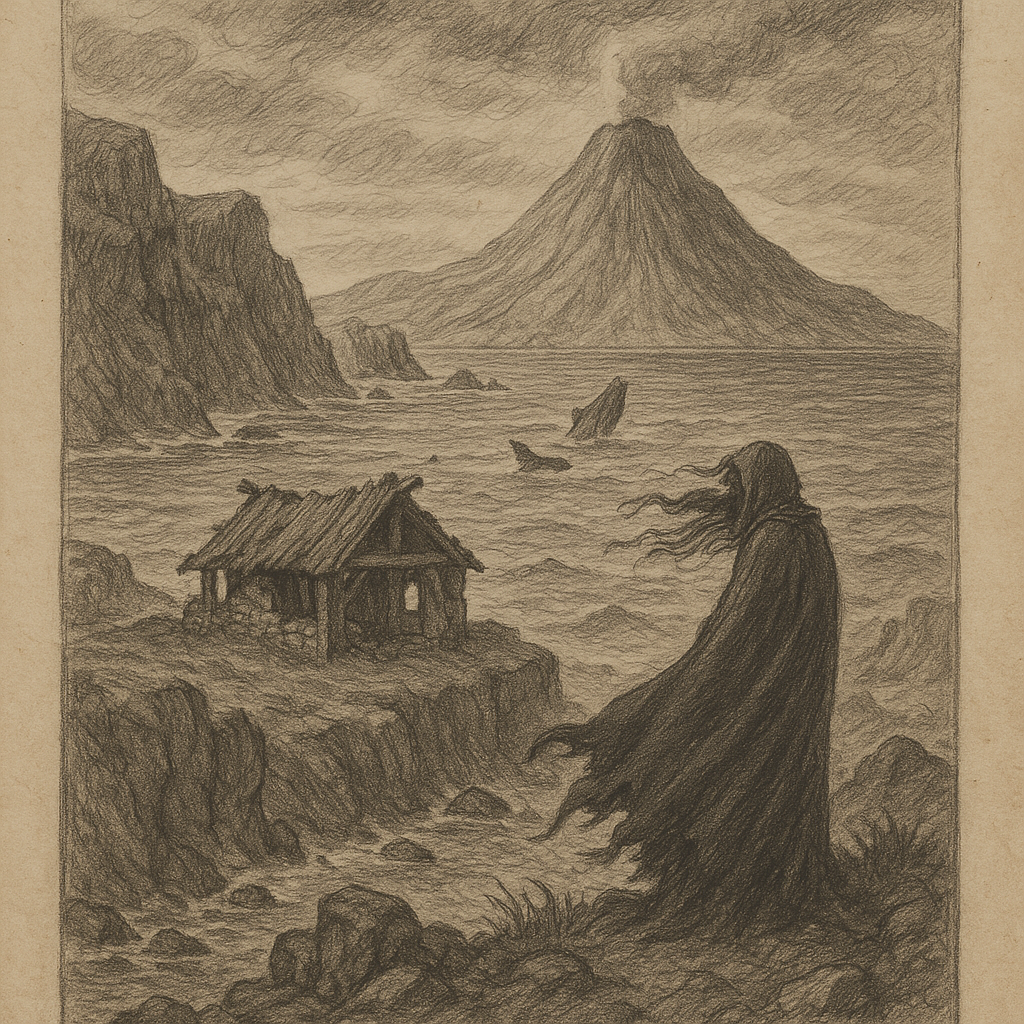Palmerston Island: A Remote Coral Atoll in the Pacific
Palmerston Island is one of the most isolated yet unique islands in the Cook Islands group, located in the South Pacific Ocean. Known for its intriguing history, familial population structure, and stunning natural beauty, the island offers a glimpse into life on one of the world’s last true remote atolls.
Geographical Setting
Palmerston Island is part of the Southern Group of the Cook Islands and lies approximately 500 kilometers northwest of Rarotonga, the administrative capital of the Cook Islands. The island is an atoll — a ring-shaped coral reef with a central lagoon. It consists of six main motu (islets) and numerous smaller ones encircling a shallow, turquoise lagoon.
Although it has a total land area of only about 2.6 km², the lagoon itself is expansive, reaching over 11 km across. There is no airport and no regular transport to the island, which can only be accessed by boat, often after a journey of several days.
Volcanic Origins and Natural Environment
Unlike some of the larger, volcanic islands of the Pacific, Palmerston is entirely made up of coral and relies on the fragile equilibrium of ecosystem processes typical of atolls. The sandy soil supports sparse vegetation, including coconut palms, pandanus, and shrubs, which provide the residents with some food and shade.
The surrounding lagoon and reefs teem with marine life. Snorkeling and fishing in the waters around Palmerston often reveal healthy coral systems, reef sharks, parrotfish, and sea turtles. The island’s ecosystem is relatively undisturbed due to its isolation, though climate change and rising sea levels pose emerging threats.
Human Settlement and Population
Palmerston is unique among the Cook Islands for its tightly knit population—all of whom are descendants of a single Englishman, William Marsters, who settled on the island in 1863 with his three Polynesian wives. Today, all residents of Palmerston are members of the Marsters extended family, many of whom bear the same surname.
As of the latest estimates, fewer than 60 people live on the island. Public services are minimal, with a single school, a church, and solar-powered electricity. Supply ships visit only a few times a year, bringing essential goods and mail. The Marsters family members have organized themselves into clans, each descended from one of William Marsters’ three wives. These clans take turns managing island affairs, maintaining a local council system that governs social and environmental responsibilities.
Interesting Facts About Palmerston Island
There are several fascinating aspects of Palmerston that make it stand out among the world’s remote islands:
– Palmerston is perhaps the only island in the Pacific where English is spoken exclusively in a British accent, a legacy of William Marsters.
– Unlike many islands where development has introduced modern conveniences, Palmerston retains a traditional way of life largely unchanged for over a century.
– A flag dedicated specifically to Palmerston Island was designed and raised by its residents, demonstrating a cocooned sense of identity and community pride.
– Communications are maintained by satellite internet and a single telephone line, though signal strength can fluctuate significantly.
– Despite being part of a tropical paradise, the Marsters family humorously refers to the dryness of the island as the “Palmerston Desert.”
Legends and Lore
The history of Palmerston Island is steeped in legends and family tales passed through generations. One of the prevailing stories involves William Marsters himself, who originally arrived as a caretaker for a British entrepreneur but chose to remain after falling in love with the place and his companions.
Over time, myths developed surrounding his ability to survive in isolation, often supplemented with tales of visits from passing ships, ghostly apparitions on the beaches, and even a so-called “talking coconut” that was said to guide Marsters safer through storms when he first settled. Each family clan has its own version of these stories, enriching the island’s oral culture.
One especially well-known legend is that of “The Stone of Guidance” — a unique coral stone that locals believe offers protective blessings when placed near new each new home. Another tale tells of a “phantom canoe” seen on moonless nights drifting silently across the lagoon, believed to be the spirit of one of Marsters’ lost sons searching forever for his way back home.
Modern Challenges and Life Today
Living on Palmerston Island is not without challenges. With its isolation, supply logistics are difficult and heavily dependent on irregular boat services that may be delayed for months. Residents rely on cisterns and rainwater collection for drinking water, and essential medical care requires evacuation to Rarotonga.
Education on the island goes only up to a certain level, after which students must travel abroad if they seek further schooling. Most of the island’s youth eventually leave for New Zealand or Australia seeking employment and higher education, though many later return to help maintain the island’s way of life.
Nevertheless, residents emphasize a strong sense of community, mutual care, and contentment with their relatively simple way of life. Fishing, weaving, and daily communal activities form the backbone of island life.
Conclusion
Palmerston Island remains one of the last inhabited atolls in the Pacific that functions with a strong legacy of kinship, oral tradition, and resilience. Defined by its remote location, tight-knit community, and majestic natural setting, it offers a rare portrait of endurance, cultural continuity, and harmony between people and nature.
As the modern world grows ever more interconnected, Palmerston stands apart — a living testament to isolation not as a hardship, but as a way of life.



